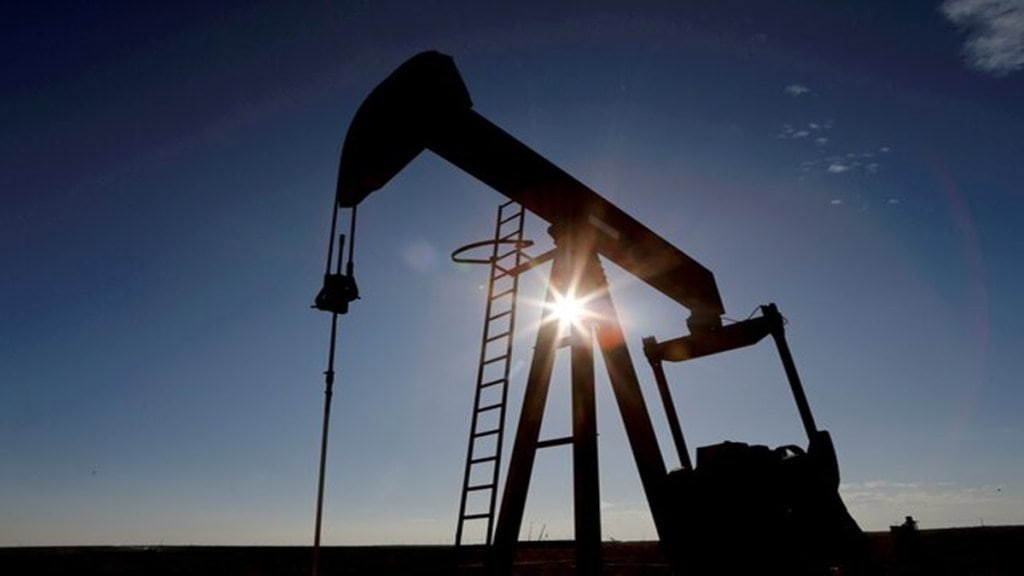India’s refined product demand is anticipated to peak later than in other major economies, placing the country in the spotlight regarding the factors driving this demand, as per S&P Global Commodity Insights. Despite India’s demand being about one-third of China’s, the rising population and increasing per capita income will keep India in focus, the agency said.
The country’s refined product demand grew at a rate of 3% year-over-year in 2024, compared to flat growth in China during the same period. S&P Global Commodity Insights now forecast the country’s refined product demand to reach 5.7 million barrels per day (b/d) by 2026.
“While we do not expect this demand to peak until 2050, the significant rise in the adoption of electric vehicles (EVs) and alternative fuel vehicles will exert pressure on India’s transportation fuel demand,” Abhishek Rajan, South Asia oil research lead, S&P Global Commodity Insights said.
Additionally, a planned capacity increase of nearly 850,000 barrels per day till 2028 is expected to increase India’s production capabilities. Upcoming projects include a grassroots refinery in Barmer, Rajasthan by Hindustan Petroleum Corporation Ltd. and expansion projects in Indian Oil Corporation Ltd.’s Barauni, Koyali, and Panipat refineries.
“While India is a significant exporter of refined products now, the completion of these projects and timely planning/ execution of the future projects will be crucial for maintaining a steady domestic supply as well as healthy exports in the long term,” Rajan said.
Furthermore, the dynamic geopolitical landscape, such as the effects of recent US sanctions on shadow fleets (ships carrying sanctioned barrels) and US policies under President Trump will significantly influence crude prices and, consequently, India’s import bill.
“Hence, India’s ongoing focus on crude diversification is even more important and Indian refiners need to adjust to fluctuating global crude dynamics while ensuring profitability and sustainability,” said Rajan. S&P anticipates an increase in crude imports from Latin American and African countries over the years.
Furthermore, as India envisages taking natural gas share in the energy mix to 15%, expanding gas usage across industries, transport, households, and the power sector will be crucial, and success hinges on strong policy support and infrastructure development.
In 2024, the gas sector gained momentum, with consumption increasing by 10% and LNG imports rising by 25%. Over the last few years, despite gains in domestic gas production, import dependence has risen to nearly 50%, according to Ashish Ranjan, Senior Analyst, Research and Analysis, Global Gas and LNG, S&P Global Commodity Insights.
Analysts note that infrastructure will be key to gas demand growth. “A massive expansion is underway, including the recent commissioning of HPCL’s 5 MMtpa Chhara terminal, the upcoming breakwater completion at GAIL’s Ratnagiri, and Dahej’s planned 5 MMtpa expansion in 2025, which will collectively add 12 MMtpa of regasification capacity, increasing the total capacity to almost 58 MMtpa,” Ranjan said.
Key pipeline projects include the Indradhanush Gas Grid, which will connect the eastern and northeastern regions to LNG supply via the Dhamra terminal. Ongoing infrastructure expansion will also support the rise of CNG and piped natural gas across India. S&P forecast India’s city gas market to triple by 2040, reaching 121 MMcm/d (44 Bcm, 32 million metric tons of LNG), facilitating a broader shift towards gas adoption.
“Affordability remains crucial to India’s gas sector growth and as per our forecast, the average gas price (including LNG imports and domestic gas) is expected to remain under $10/MMBtu for the next 7-8 years,” said Ranjan.

